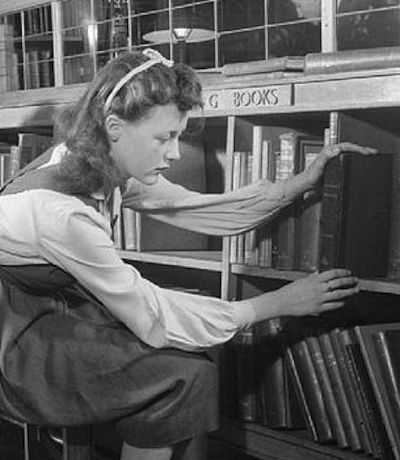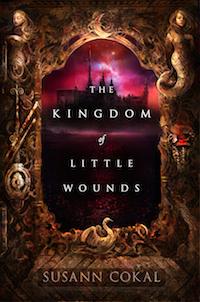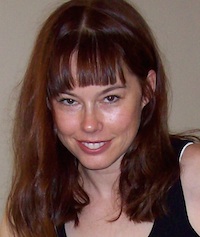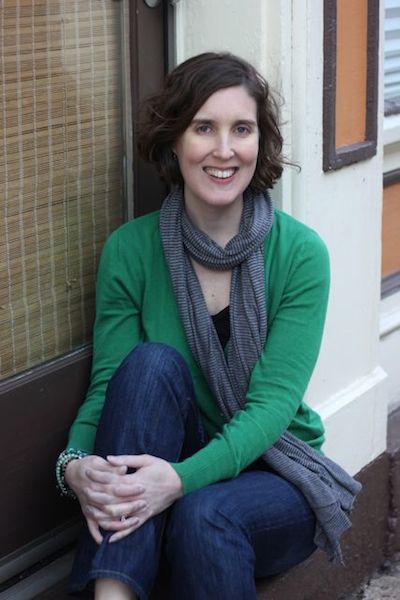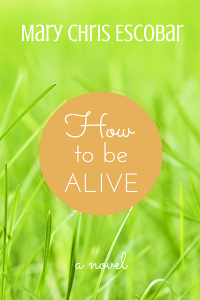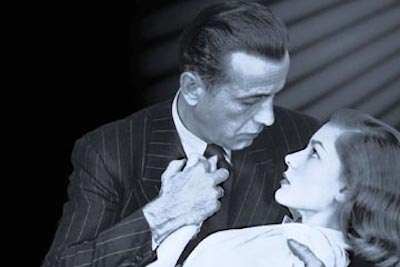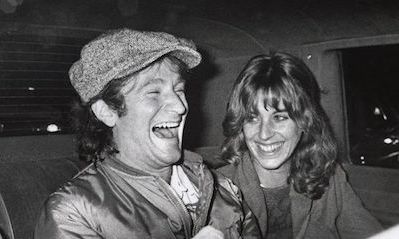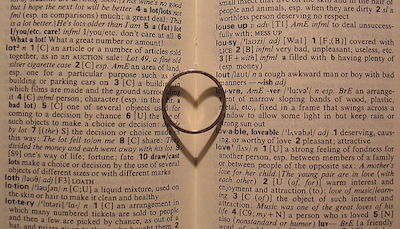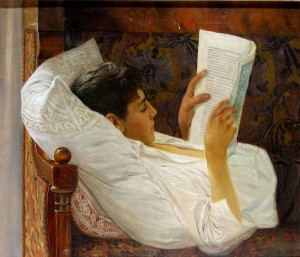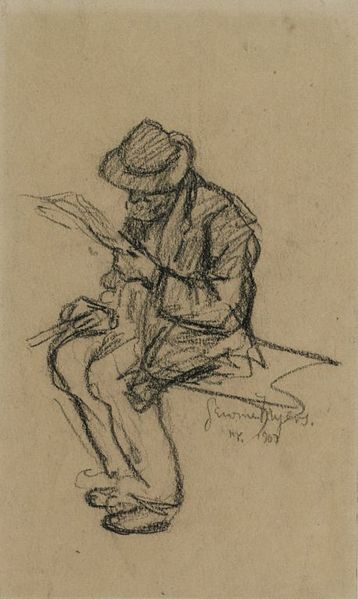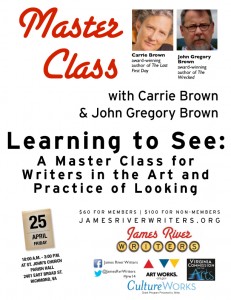In support of my dear Parisians, I repost this excerpt from my book Bonjour 40: A Paris Travel Log. I am so proud of the 1.6 million+ people in Paris (and the other millions across France and the world) who marched in solidarity for a better world. Hand-in-hand, in the largest demonstration in French history, they reminded me of what I felt visiting the Eiffel Tower a few years ago…
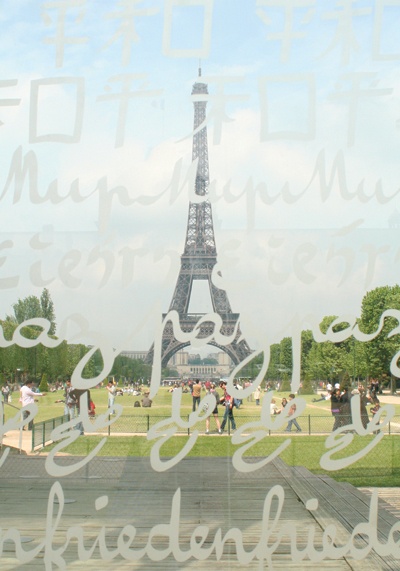
Eiffel Tower } Day 10 ~ April 30
Tourists abound in Paris. And in no other place are they (we) more prolific than around the Eiffel Tower. It’s a national landmark, built in honor of the World’s Fair held here in 1889 commemorating the centenary of the French Revolution. Websites, guidebooks, tours, and the museum near the top of the tower provide all of the facts and details surrounding it, but it is the feeling of the whole area that left a greater impression upon me.
Under the shadow of that sculpture and the trees, upon the green grass, I sat with families of various nationalities, generations, and genders playing and picnicking with their children. Couples napped together holding hands, making me miss Ted. Dogs romped and played. I helped take photos for strangers so they could be together in their photo (one of my favorite things to do on vacation), and a smiling couple helped take one of me. Some people sat quietly alone just taking it all in.
Approximately 7 million visitors come here each year, and it’s impossible to count how many countries could be represented at any given moment. At the foot of the tower is a newer monument built in 2000 called the Wall for Peace, which was inspired by the Wailing Wall. People can insert messages of peace into the chinks in the wall. After they do, many walk the distance to the tower, across the lawn of the Parc du Champs de Mars. If they stop, even for an instant, and simply look around them, they will see something remarkable.
They will see what I saw: Their wish has come true. For all walks of life are there together. Just being. At peace. Together.

